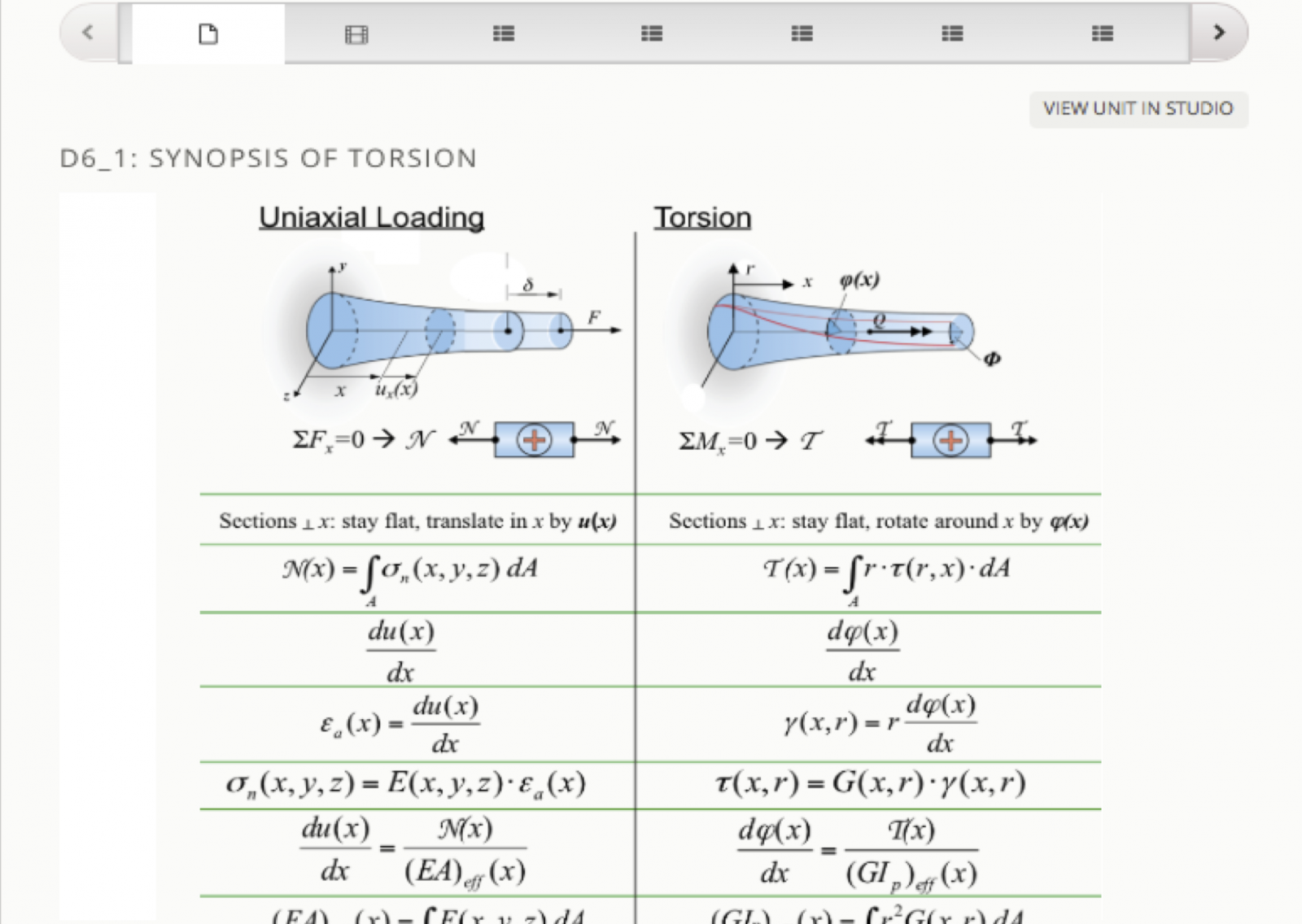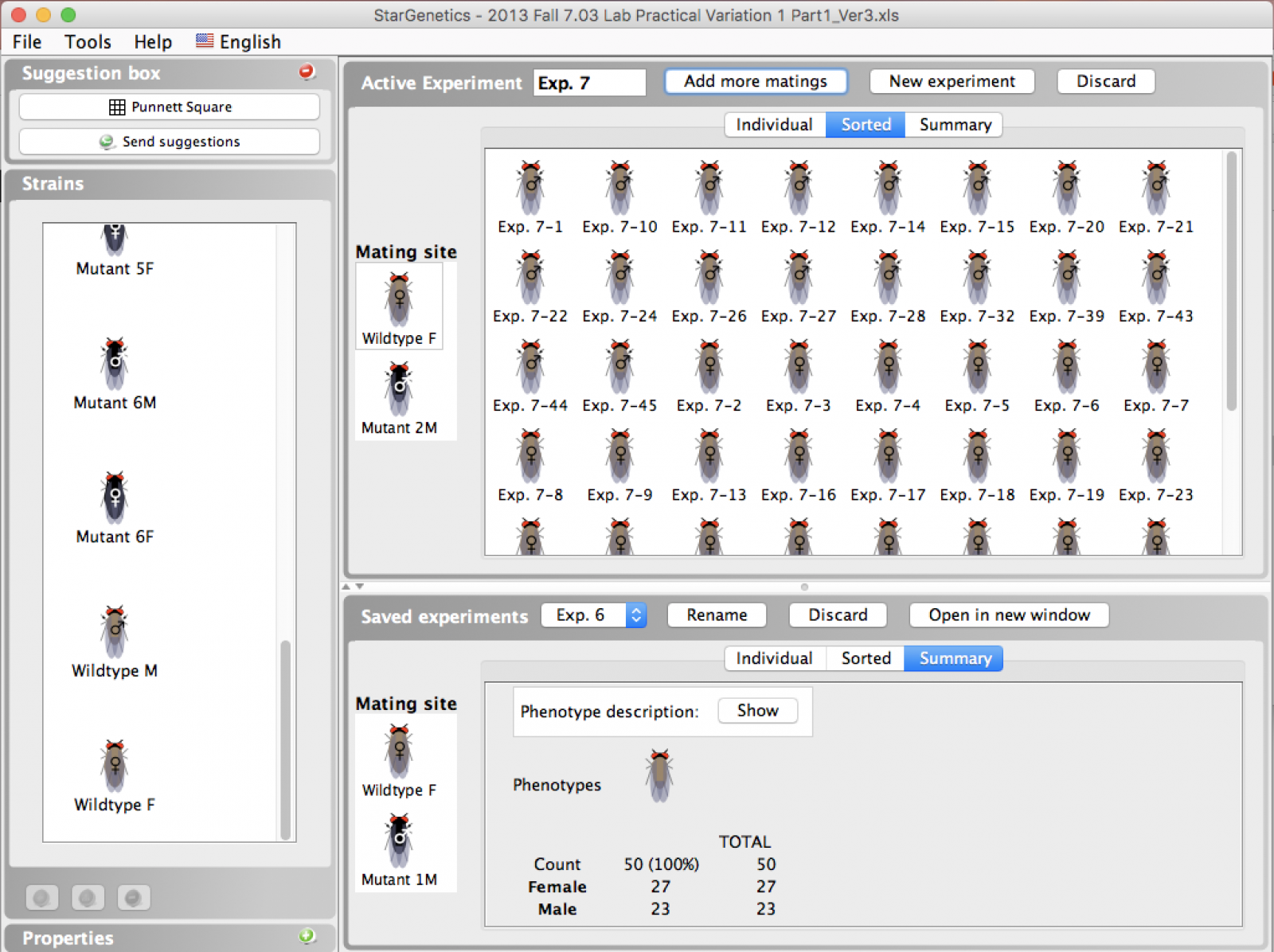Studying information or practicing problems over sessions that are spaced in time (A1....A2.....A3) results in better learning than if the sessions are grouped together into a single session or closely timed sessions (A1A2A3). Studying related concepts in an interleaved fashion so that a problem is followed by a different problem type (A1B1C1B2C2A2C3A3B3) leads to higher learning gains than if practicing problems grouped by types (A1A2A3B1B2B3C1C2C3). Although spacing and interleaving can be separated into two different interventions, interleaving results in the spacing of the same problem types. Therefore, interleaving and spacing practice are linked and often used together (A1B1C1....B2C2A2....C3A3B3). Although spacing and interleaving can mean slower initial learning, they result in both increased retention and better ability to descriminate problem types.
- Space how often content/concepts are reviewed or recalled across weeks and months.
- Contemplate how to structure modules in Canvas or Residential MITx: begin new content by asking students to recall and engage with previous content, or provide students with opportunities to revisit previously learned ideas within new sections of the course.
- Distribute alternative assessments to cumulative exams and problem sets throughout the semester.
- Consider giving an alternative assessment, such as a video submission in Canvas, where students must synthesize content from across the semester.
- Review concepts covered in previous class periods/modules at the beginning of each class.
- Think about having students use Piazza to discuss problems/content, and see what common areas of confusion emerge so you can review that content in the next class or recitation. Similarly, you could employ polling (like Poll Everywhere) during class to gauge how students are relating to the material, and use the results to provide more explanation/clarification on concepts.
- Give timely and actionable feedback on student work, encouraging students to act on the feedback for the next spaced opportunity.
- Instructors can use SpeedGrader in Canvas to leave robust feedback on an intermediate draft of a paper or project via annotations, video/audio comments, and rubrics. Students can then make improvements to their paper or project based on this personalized, actionable feedback.
- Rearrange the order of practice problems in problem sets and exams as opposed to ordering problems by type.
- Consider using Gradescope, which makes it easy to re-use rubrics for similar problem types. This can facilitate the grading of exams or psets with mixed questions.
2.01 Elements of Structures | Simona Socrates:
Each learning sequence in the course's MITx site begins with a connection to the previous learning sequence, which helps students make connections between core concepts.

7.03 Genetics | Gerry Fink & Peter Reddien:
Halfway through the semester, students were assigned a "Lab Practical Assignment" which combined more than half of the concepts covered in the semester, presented as a multi-step simulated laboratory assignment. In this assignment, students were provided with a set of mutant strains isolated after a genetic screen. Using a genetics experiment simulator, StarGenetics, students performed a series of genetic analyses covered throughout the semester to uncover the genetic basis for these mutations.

Students in Prof. Gore’s 8.591 course complete questions online via Google Form alongside pre-class readings. This informs what Prof. Gore covers the next day in lecture, which he begins by sharing a summary of three takeaways from the material. Read more about concept review and measuring student understanding in 8.591 here.
3.039 Materials Science and Engineering | Craig Carter:
In Prof. Craig Carter’s 3.039 course, students create two 4-minute videos in lieu of a traditional final exam. This assessment format encourages students to be deliberate about demonstrating what they learned, a process that emphasizes reflection on learning and synthesis of material from across the semester rather than “cramming” content. Read more about video assessments in 3.039 here.
Key resource:
- Roediger, H. L., & Pyc, M. A. (2012). Inexpensive techniques to improve education: Applying cognitive psychology to enhance educational practice. Journal of Applied Research in Memory and Cognition, 1(4), 242–248. PDF
Additional:
- Bahrick, H. P., & Phelps, E. (1987). Retention of Spanish vocabulary over 8 years. Journal of Experimental Psychology: Learning, Memory, and Cognition, 13(2), 344–349. DOI
- Bird, S. (2010). Effects of distributed practice on the acquisition of second language English syntax. Applied Psycholinguistics, 31(04), 635–650. DOI
- Carpenter, S. K., Cepeda, N. J., Rohrer, D., & Kang, S. (2012). Using spacing to enhance diverse forms of learning: Review of recent research and implications for instruction. Educational Psychology, 24(3), 369–378. DOI
- Carpenter, S. K., & Pashler, H. (2009). Using tests to enhance 8th grade students' retention of US history facts. Applied Cognitive Psychology, 23(6), 760 - 771. DOI
- Cepeda, N. J., Pashler, H., Vul, E., Wixted, J. T., & Rohrer, D. (2006). Distributed practice in verbal recall tasks: A review and quantitative synthesis. Psychological Bulletin, 132(3), 354–380. DOI
- Cepeda, N. J., Vul, E., Rohrer, D., Wixted, J. T., & Pashler, H. (2008). Spacing effects in learning a temporal ridgeline of optimal retention. Psychological Science, 19(11), 1095–1102. DOI
- Goode, M. K., Geraci, L., & Roediger, H. L. (2008). Superiority of variable to repeated practice in transfer on anagram solution. Psychonomic Bulletin & Review, 15(3), 662–666. DOI
- Jacoby, L. L., Wahlheim, C. N., & Coane, J. H. (2010). Test-enhanced learning of natural concepts: Effects on recognition memory, classification, and metacognition. Journal of Experimental Psychology: Learning, Memory, and Cognition, 36(6), 1441–1451. DOI
- Kang, S., & Pashler, H. (2012). Learning painting styles: Spacing is advantageous when it promotes discriminative contrast. Applied Cognitive Psychology, 26(1), 97–103. DOI
- Karpicke, J. D., & Roediger, H. L. (2007). Expanding retrieval practice promotes short-term retention, but equally spaced retrieval enhances long-term retention. Journal of Experimental Psychology: Learning, Memory, and Cognition, 33(4), 704–719. DOI
- Kristin H Mayfield, P.N.C. (2002). The effects of cumulative practice on mathematics problem solving. Journal of Applied Behavior Analysis, 35(2), 105–123. DOI
- Kornell, N., & Bjork, R. A. (2008). Learning concepts and categories. Is spacing the “enemy of induction?” Psychological Science, 19(6), 585–592. DOI
- Moulton, C.-A. E., Dubrowski, A., Macrae, H., Graham, B., Grober, E., & Reznick, R. (2006). Teaching surgical skills: what kind of practice makes perfect?: a randomized, controlled trial. Annals of Surgery, 244(3), 400–409. DOI
- Pyc, M. A., & Rawson, K. A. (2009). Testing the retrieval effort hypothesis: Does greater difficulty correctly recalling information lead to higher levels of memory? Journal of Memory and Language, 60(4), 437–447. DOI
- Rohrer, D. (2012). Interleaving helps students distinguish among similar concepts. Educational Psychology Review, 24(3), 355–367. DOI
- Rohrer, D., & Taylor, K. (2006). The effects of overlearning and distributed practice on the retention of mathematics knowledge. Applied Cognitive Psychology, 20(9), 1209–1224. DOI
- Sobel, H. S., Cepeda, N. J., & Kapler, I. V. (2011). Spacing effects in real‐world classroom vocabulary learning. Applied Cognitive Psychology, 25(5), 763–767. DOI
- Taylor, K., & Rohrer, D. (2010). The effects of interleaved practice. Applied Cognitive Psychology, 24(6), 837–848. DOI
- Wahlheim, C. N., Dunlosky, J., & Jacoby, L. L. (2011). Spacing enhances the learning of natural concepts: an investigation of mechanisms, metacognition, and aging. Memory and Cognition, 39(5), 750–763. DOI


